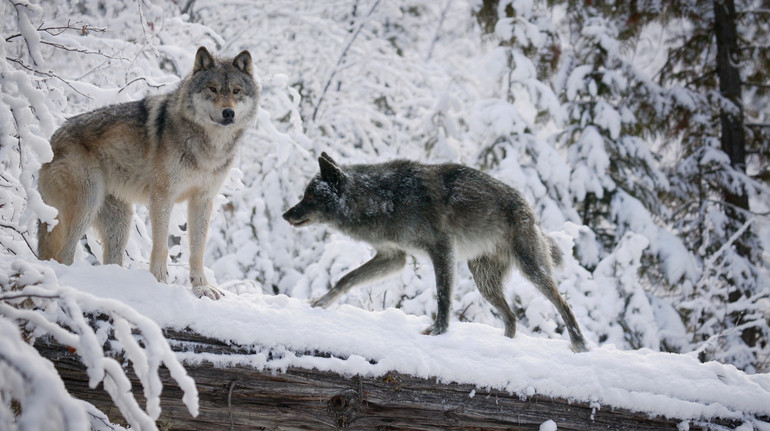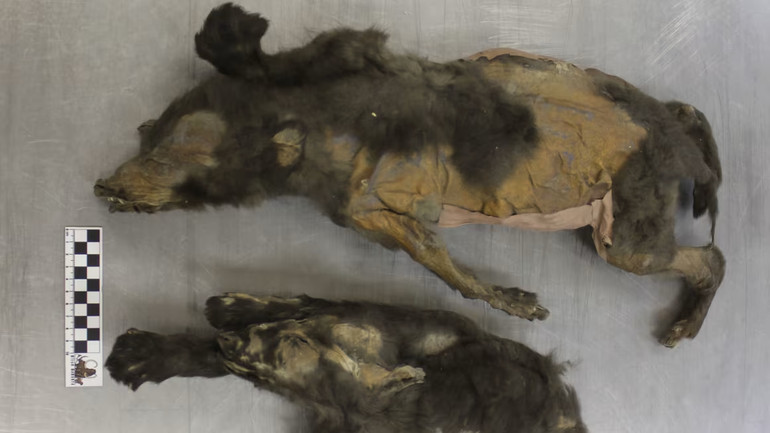Scientists have explored mummified wolves aged 14 thousand years

Photo illustrative
Design Pics/Depositphotos
Scientists have found that a couple of mummified animals over 14 thousand years old, who have been found in eternal permafrost, are wolves, not dogs, as it was thought. In addition, they are sisters.
The extraordinary preservation of the remains allowed scientists not only to study their DNA, but also the content of stomach, bones, teeth and tissues.
The results of their research International group of scientists led by archeologine Anna Katrina Runge of York University (United Kingdom) Published In QuaterNary Research magazine, writes Livescience.
Wolfs aged 14 100 to 15,000 were found in 2011 and 2015 near the village of Tumato in Northern Siberia. Earlier, researchers suggested that these animals could be one of the oldest domesticated dogs, because they were found to be mammoth bones with traces of human treatment next to them.
In addition, in the stomach of one of the « puppies » there was meat of woolly rhino, which also confirmed the assumption of interaction with people.
However, new genetic data prove: these animals belonged to the already extinct population of wolves, which is not related to modern dogs. The tests also showed that the wolfs were sisters, they were several months old, and they ate not only mother’s milk but also meat, including mire and woolly rhino. The mammoth among their diet was not detected.
« Finding such well -preserved wolves from the glacial era is a rare luck. And even greater luck – to find out that they were sisters, and even find out what they ate before death, » – said Katrina Runge.

The remains of wolves aged 14 thousand years are well preserved
Photo: University of York
The cause of the death of animals is still unknown. Since there are no damage on the bodies, researchers suggest that they could die due to the collapse of the hole in which they were. At the same time, researchers believe that other wolfs may remain in the permafrost from the same brood.
This discovery will help researchers understand the ecosystem and life of predators in the glacial era, and how old wolves were similar to their modern descendants.
Earlier Scientists found Evidence of cannibalism in the ancient human tribe of Europe.







